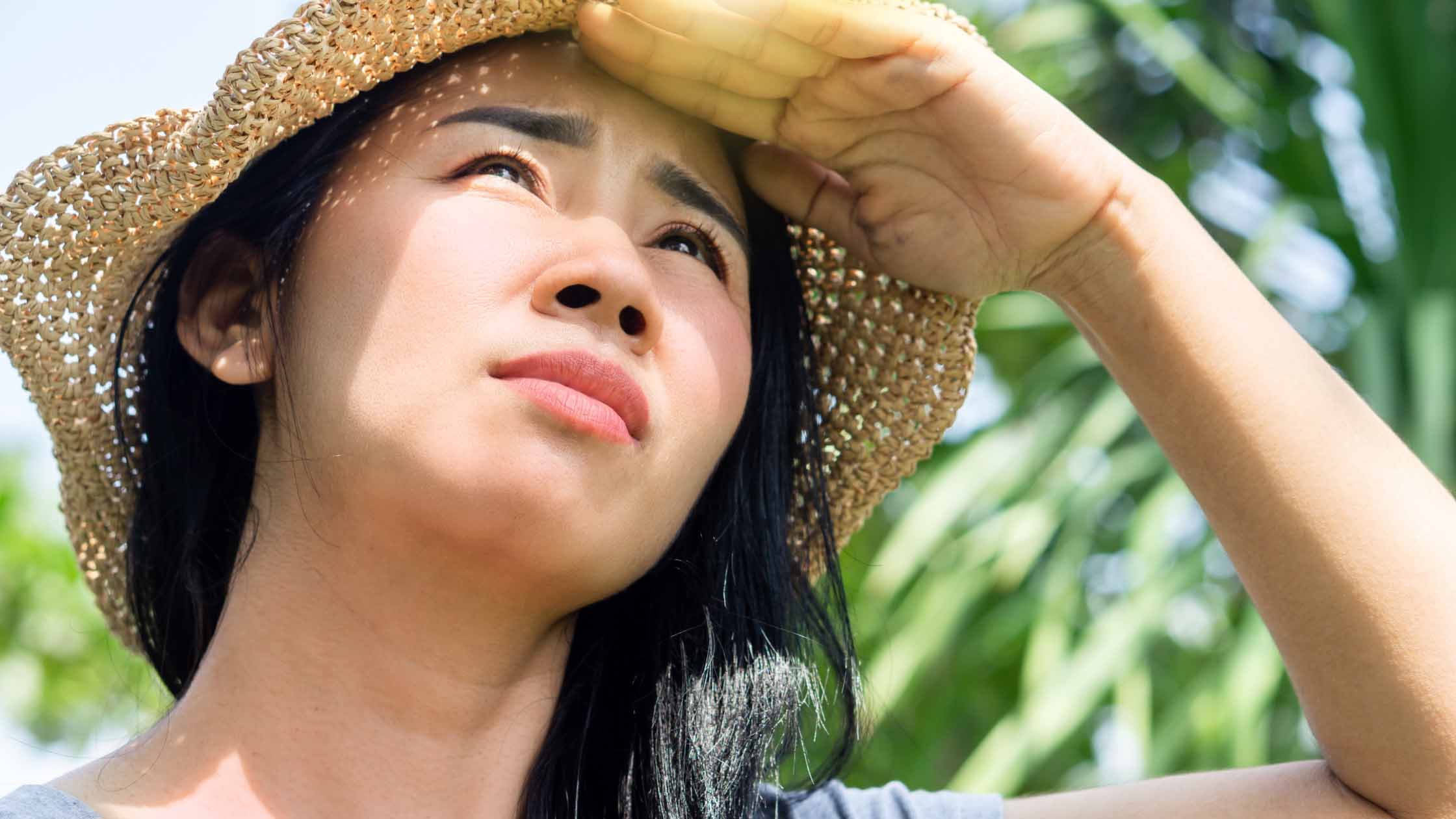
How to Maintain Your Skin During Weather Changes
Introduction As the seasons shift, so do the needs of your skin. Whether it’s transitioning from hot to cold or vice versa, your skincare routine

Introduction:
Sun protection is not just about avoiding a sunburn; it’s about safeguarding your skin from harmful UV rays that can lead to long-term damage and increase the risk of skin cancer. Understanding the basics of sun protection, including SPF, UVA, and UVB, is essential for maintaining healthy skin. In this blog post, we’ll delve into these concepts to help you make informed decisions about protecting your skin from the sun’s harmful effects.
What is SPF?
SPF stands for Sun Protection Factor, which measures a sunscreen’s ability to protect your skin from UVB rays, the type of ultraviolet radiation that causes sunburn and contributes to skin cancer. The SPF number indicates how long it will take for your skin to redden compared to not using sunscreen. For example, if you normally burn after 10 minutes in the sun without protection, an SPF 30 sunscreen would theoretically allow you to stay in the sun 30 times longer (300 minutes) without burning, assuming proper application and reapplication.
Understanding UVA and UVB Rays:
UV radiation from the sun consists of UVA and UVB rays, both of which can damage your skin but in different ways:
– UVB rays primarily affect the outer layer of the skin, causing sunburn and contributing to the development of skin cancer.
– UVA rays penetrate deeper into the skin, leading to premature aging, wrinkles, and a higher risk of skin cancer.
Why You Need Broad-Spectrum Protection:
Effective sun protection involves shielding your skin from both UVA and UVB rays. Look for sunscreens labeled “broad-spectrum,” which means they provide protection against both types of UV radiation. This ensures comprehensive defense against sun damage and reduces the risk of skin aging and cancer.
Tips for Effective Sun Protection:
Conclusion:
Prioritizing sun protection is essential for maintaining healthy and youthful-looking skin while reducing the risk of skin cancer. By understanding SPF, UVA, and UVB, and following sun-safe practices, you can enjoy the outdoors safely and protect your skin from the sun’s harmful effects. Remember, sun protection is a year-round commitment for healthy skin in the long run.

Introduction As the seasons shift, so do the needs of your skin. Whether it’s transitioning from hot to cold or vice versa, your skincare routine

Introduction Eid is a time of celebration, togetherness, and looking your absolute best. Achieving a radiant glow requires a dedicated skincare routine to ensure your

Introduction Holi, the festival of colors, is all about fun, frolic, and vibrant hues. However, the harsh chemicals in synthetic colors can severely damage your

Introduction Your hair needs just as much protection from the sun as your skin does. Prolonged exposure to the sun’s heat and UV rays can

Introduction When the temperature rises, your skin faces the ultimate test. Excessive heat, humidity, and sun exposure can lead to dehydration, sunburn, and premature aging.